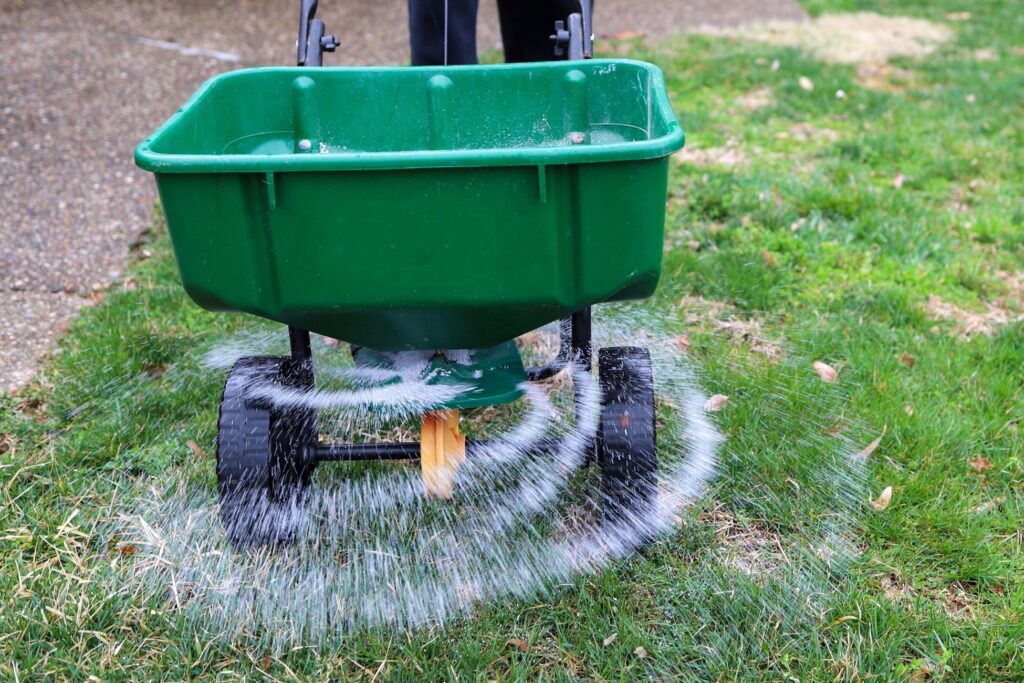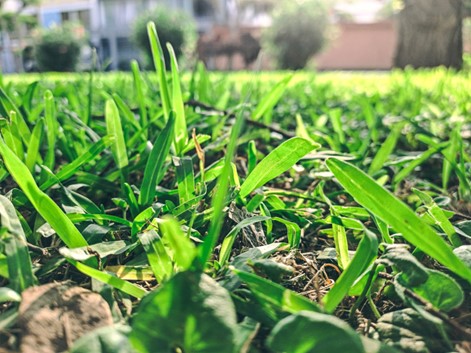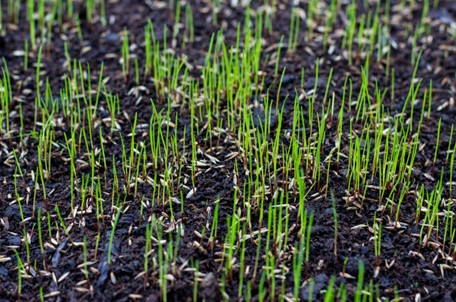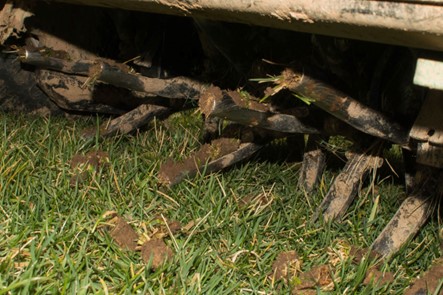
Unlocking the Secrets of Limestone for a Lush Lawn
April 26, 2024

For homeowners, gardeners, and lawn care enthusiasts striving for that perfect patch of green, understanding the delicate balance of soil health is crucial. One often overlooked but incredibly beneficial aspect of lawn maintenance is the use of limestone. This natural mineral can transform your lawn, ensuring its vibrancy and health. Here’s how incorporating limestone into your lawn care regimen can address lawn acidity and promote lush, vigorous growth.
The Battle Against Lawn Acidity with Limestone
At the heart of a thriving lawn is the pH level of the soil. When the soil becomes too acidic, it can hinder the ability of grass to absorb essential nutrients, leading to a less-than-lush appearance. Enter limestone, a garden’s best friend when it comes to neutralizing soil acidity. But before we dive into its benefits, let’s break down what lime truly is.
What Exactly Is Lime?
Lime, or limestone, is a naturally occurring mineral composed primarily of calcium carbonate. It’s widely used in agriculture to adjust soil pH levels closer to neutral, which is the sweet spot for absorbing nutrients effectively. This adjustment can make a world of difference in the health and appearance of your lawn.
How to Tell If Your Lawn Needs Lime
Determining if your lawn could benefit from lime starts with a simple soil test, which you can obtain from local extension services or lawn care professionals. This test will reveal the current pH level of your soil. A pH below 6.0 is a telltale sign that your lawn might be too acidic and could benefit from limestone application. Symptoms of an acidic lawn also include moss growth, weeds that thrive in acidic conditions, and patchy, yellow areas of grass.
The Limestone Application Process
Adding limestone to your lawn involves more than just sprinkling it over the grass. The process should be thoughtful and measured, ensuring that the mineral is evenly distributed and incorporated into the soil. The best times to apply limestone are during the fall or early spring, allowing the soil to absorb the lime and adjust pH before the prime growing seasons. The amount of limestone needed depends on the soil’s initial acidity level, with more acidic soils requiring a larger application.
Key Steps for Limestone Application:
- Test the Soil: Accurately determine your lawn’s pH level to understand the amount of lime required.
- Choose the Right Type: Limestone comes in different forms, including powdered and pelletized. Choose one that suits your application method and lawn size.
- Even Distribution: Ensure lime is evenly spread over the entire area needing treatment. Using a lawn spreader can achieve a more uniform application.
- Incorporate into Soil: For the lime to be effective, it needs contact with the soil. Lightly watering the lawn after application can help the lime move into the soil.
- Patience and Maintenance: It takes time for lime to adjust the soil’s pH level. Re-test the soil annually and apply more lime as necessary, keeping up with regular lawn care practices to maintain its health and beauty.
The post Unlocking the Secrets of Limestone for a Lush Lawn appeared first on Lawn Squad.
Recent News

Maintaining Your Dormant Lawn in the South
November 20, 2024
While homeowners in northern climates may see their lush green lawns turn completely dormant and...

The Fall Growing Season in the South – Keep Your Lawn Thriving Year-Round
October 24, 2024
Fall in the South might not bring the same drastic change in weather as in...

The Importance of Limestone Applications for Your Fall Lawn Care
September 17, 2024
As fall settles in, it’s time to focus on preparing your lawn for the winter...

Battling Fire Ants: Tips for a Safer and Healthier Lawn
September 9, 2024
When it comes to maintaining a lush and inviting lawn, few things are as frustrating—or...

